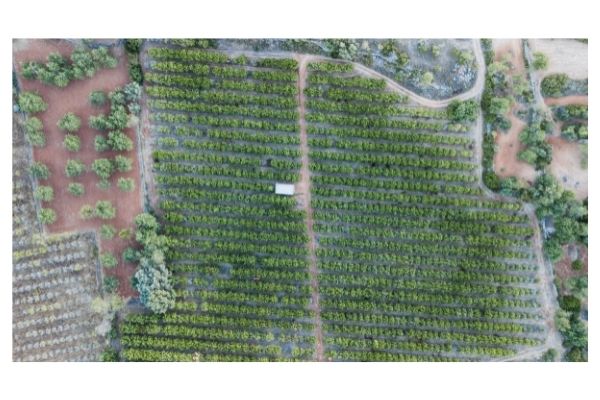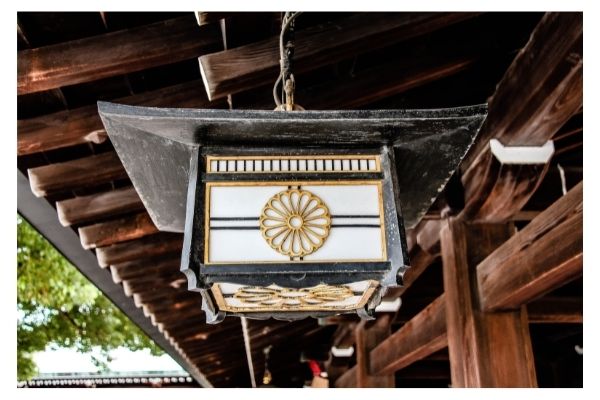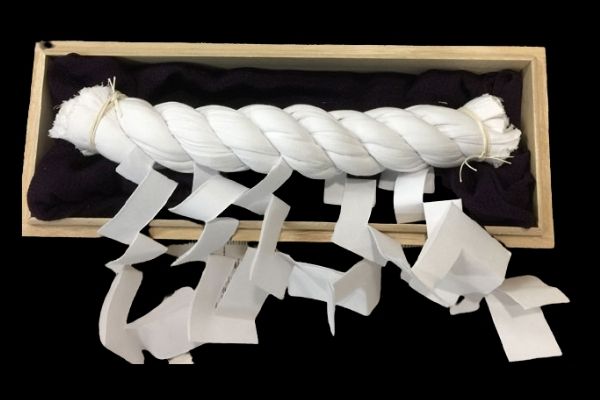【Japanese Yashu Hemp】Is it the oldest marijuana strain in the world?
Many people think that marijuana is a nefarious drug and that it was grown quietly somewhere overseas.
In fact, the history of marijuana in Japan is long, and cases of the same variety being cultivated for so long are rarely heard of. In this article, we will explain about Japan’s pride and joy, Yashu hemp.
If you read to the end, you will understand the following.
- The state of hemp in Japan
- About Yashu hemp
- Usage
If you found this article useful, please read the other articles. Let’s get started.
About the Japanese hemp (marijuana) market

In Japan, hemp has traditionally been cultivated not for smoking, but as a raw material for cloth and rope, a valuable tradition.
Hemp has long been believed to have the power to ward off evil spirits in Japan, and in some regions it has been treated as sacred, as a “charm against evil” or as a “dwelling place of the gods.
As evidence of this, hemp is used in traditional Japanese ceremonies and rituals, such as shimenawa (sacred rope) at shrines and yokozuna (grand champion) ceremonies, wedding ceremonies and funerals, and at important milestones in one’s life.
It takes about 110 days from sowing the seeds to harvesting the crop, so hemp has a deep connection with us as a good-luck charm for growth and development, business prosperity, and the flourishing of offspring.
Current Japanese Law
Since marijuana has a part of ingredients that can be inhaled to enhance the spirit, it was designated as a “narcotic drug” in 1930, and the cultivation of marijuana for the purpose of inhalation has been subject to control.
After World War II, on January 22, 1946, the Supreme Commander of the Allied Forces issued a directive to the Japanese government regarding the control of narcotics and enacted the Narcotics Control Regulations to regulate the handling of narcotics other than by authorized cultivators and others.
In this law, marijuana is defined as “cannabis sativa L. (Cannabis sativa L.) and its products.
Article 2 stipulates who may handle marijuana, and Article 3 prohibits anyone other than marijuana handlers from producing, distributing, or using marijuana for research purposes.
In Japan, the use and application of medicines made from “marijuana” is prohibited to any person.
Current Situation of Japanese Hemp Farmers
Because of its strong fiber, hemp has long been used by Japanese hemp farmers to make textiles, ropes, and other products. Hemp seeds have also been used for a variety of purposes, such as food and oil.
However, with the spread of chemical fibers such as vinyl and nylon, hemp farmers have been struggling to survive through a process of trial and error.
As a result, many hemp farmers are now presenting their products as “lights” and “crafts” in order to integrate hemp into daily life.
What is Yashu hemp?

Yashu hemp refers to hemp grown at the foot of Ashio Mountain in Tochigi Prefecture.
Ashio is located in the southern valley of the Ashio Mountains, where there is little wind blowing in, and it is widely known throughout Japan as a place where high quality hemp can be harvested.
Characteristics
Yashu hemp is characterized by its luster, thinness, suppleness, and strength.
While hemp is generally characterized as strong and durable, Noshu hemp is said to be the strongest of all.
History
Yashu hemp is a type of hemp, but it is a type of “marijuana,” so it has been bred to be non-toxic. However, due to the enactment of the Marijuana Control Law in 1948, only 17 farmers in the prefecture are allowed to grow hemp.
The foot of Mt. Ashio, where Yashu hemp is grown, was considered unsuitable for rice cultivation.
However, the well-drained soil, low summer temperatures, and the lack of western sunlight in this area surrounded by mountains made it a perfect environment for hemp, which is why Yashu hemp is now cultivated here.
Cultivation Method
Next, we will briefly introduce the cultivation method of Yashu hemp.
The seeds of Yashu hemp are sown mainly from the end of March to the beginning of April. The best time to sow seeds is when the surface of the soil is dry and the inside is moist, so we wait for a sunny day and mobilize all the workers.
Sprouts will emerge 7 to 10 days after the seeds are sown, and the growth will be aligned with moderate fertilizer application. When they are about 160 cm tall, we thin out the slow-growing ones, etc., and leave the good quality ones.
The plants will be over 2 meters tall and ready to be harvested in July.
Uses of Yashu hemp

Finally, let us introduce the uses of Yashu hemp.
Shinto rituals
The first use is for “Shinto rituals” as mentioned at the beginning of this article. It is said that hemp has the power to ward off evil spirits, so it is used in Shinto rituals to ward off evil spirits.
Paper
The second is paper. Yashu hemp is transformed into hemp paper, which is useful in our daily lives.
The strength of hemp is utilized to the fullest in products such as business cards and message cards made of hemp paper.
Food and Beverage
The third is food and beverage. Yashu hemp charcoal is made into “hemp charcoal powder,” a pitch-black powder similar to bamboo charcoal, and is popular as a food and beverage product, such as in smoothies.
It can also be used as a spice in curry and other dishes.
Cosmetics
And the fourth is cosmetics. Hemp charcoal powder can be used as toothpaste and is expected to whiten teeth.
It may seem a bit intimidating at first, but it can be used to polish without abrasives and is recommended for those who are conscious about organic products.
Conclusion
In this article, we have introduced hemp (marijuana), which has been around in Japan for a long time.
Although hemp has changed its image as “smoking culture” nowadays, hemp has been a part of daily life in Japan for a long time.
Hemp has been used for various events because of its strong and flexible nature. Before learning about cannabis culture overseas, we would like to better understand hemp culture in Japan.
That’s it for this time. Thank you so much for reading.
If you found this article helpful, please consider sharing it with a friend.
Edited by Noriaki

